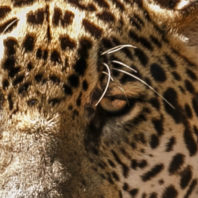
Mount St. Helens: The aftermath and lessons learned
The sky was falling. And Richard “Dick” Mack gathered a group of graduate students to help collect it. In the first few days after Mount St. Helens erupted—sending some 540 million tons of ash over an area of 22,000 square miles—the WSU ecology professor was already thinking of its potential research value.
Mack‚ now a professor emeritus in WSU’s School of Biological Sciences, spent the summer of 1980 doing field work between Pullman and Vantage, studying the effects of the ash on vegetation—particularly native plants, such as certain willows and grasses. For about five years or so after that, he and … » More …










